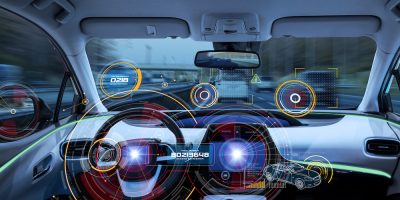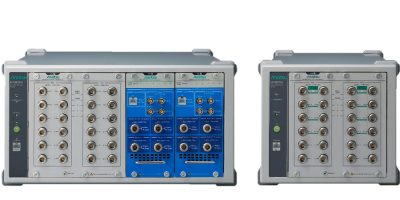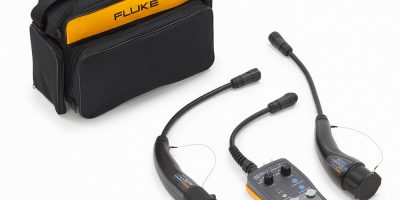Enhancements to Keysight Technologies’ Nemo Device application test suite include automation and AI. The result enables wireless service providers and application developers to accelerate the assessment of smartphone users’ real-world interactions with native applications.
The use of mobile applications is fuelling growth in native mobile apps on smart phones to access digital content, engage on social media platforms and to participate in online games. They are gaining in popularity because they offer an optimal and customised experience compared to mobile web browsers, said Keysight Technologies.
“Service providers and mobile app developers need a reliable way to verify the real end-user experience of accessing over-the-top (OTT) applications from a smartphone connected to the cellular network,” explained Matti Passoja, head of Nemo Wireless Solutions at Keysight. The company has combined in-house software technology to create an automated app test method that uses real applications to provide accurate insights into the network performance, even under the most complex and dynamic circumstances, he added.
Keysight leveraged AI, machine learning (ML) and automation, using data captured by a native mobile app (i.e., not simulated data traffic), to create the device test app method. According to the company, this delivers a more accurate assessment of an end-user’s interaction with the same mobile app. The application test automation method enables wireless service providers to rapidly optimise 5G network performance to improve quality of experience (QoE) for smartphone users accessing OTT services and social media applications, including Facebook Messenger, Microsoft Teams, Snapchat, TikTok and Zoom.
The automated test app method is one of three complementary test methods available within Keysight’s Nemo Device Application Testing Suite. Depending on the type of the mobile application and the key performance indicators, a specific test method is used in combination with a companion Nemo field test. Nemo testing suite users receive a comprehensive, realistic and flexible 5G network performance validation and end-user QoE assessment.
Keysight’s Nemo test tools capture real measurement data in the field for real-time or post-process analysis. These test tools include Nemo Outdoor 5G NR Drive test, Nemo Backpack Pro 5G In-Building Benchmarking and Nemo Network Benchmarking.







